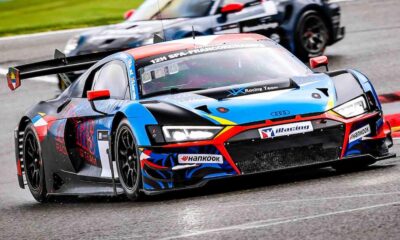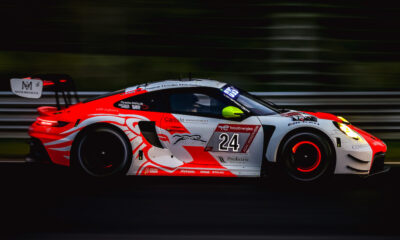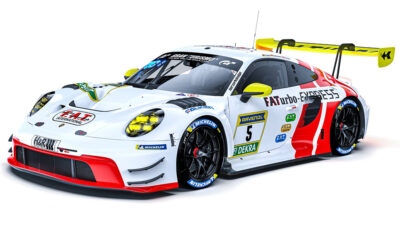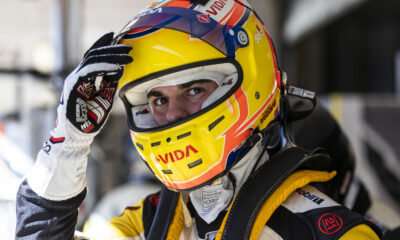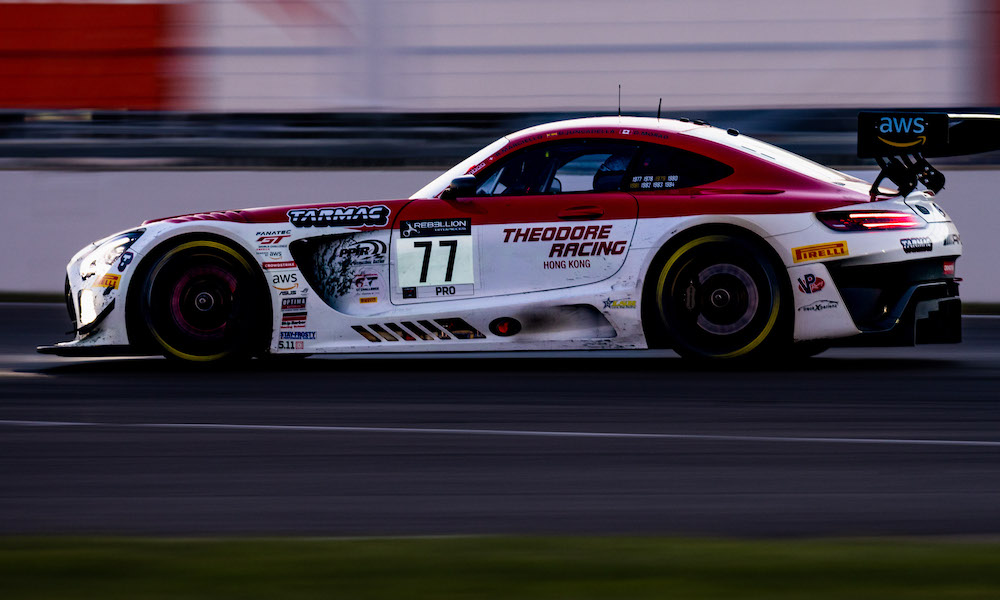
Photo: Regis Lefebure/SRO
Intercontinental GT Challenge powered by Pirelli teams competing in the Indianapolis 8 Hour will no longer be required to include a Silver-rated driver in their lineup, reversing a rule that was put in place for last year’s event.
As outlined in the draft sporting regulations for the event released by SRO Motorsports Group on Monday, IGTC Pro entries are free to nominate a lineup entirely consisting of Platinum-graed drivers or lower.
This marks a change from last year, where IGTC cars were required to include a Silver driver to bring them in line with full-season Fanatec GT World Challenge America powered by AWS entries.
As a result, race winners Craft-Bamboo Racing brought in Daniel Morad to partner Mercedes-AMG factory drivers Raffaele Marciello and Daniel Juncadella, while AF Corse called upon Pierre Ragues and Ulysse de Pauw to complete their lineups.
The rule remains in place for Fanatec GT entries at the event, which will still be required to compete with at least one Silver driver in their lineup for those teams wanting to score domestic points.
Therefore, IGTC entries will be grouped separately from Fanatec GT entries within the Pro category.
Pro-Am entries, meanwhile, can take part with a single Platinum or lower driver partnering with a Silver and a Bronze.
Each team will be required to enter three drivers, with two-driver lineups only allowed in case of force majeure and subject to approval from organizers.
The total maximum drive time for each driver remains limited to 195 minutes, with a five-minute extension authorized should a safety car or Full Course Yellow be active at the end of any driver’s third and/or final stint.
Each driver must complete a minimum of 60 minutes behind the wheel for the car to be classified, with a maximum single stint time of 65 minutes.
A driver is not permitted to spend longer than three consecutive hours driving, with a mandatory one-hour rest period for any driver that spent longer than 130 minutes behind the wheel.
The provisional minimum pitstop time for a stop that includes refueling has been set at 93 seconds, to be confirmed in a bulletin to be issued by the stewards of the meeting closer to the event date.
A notable change with regards the FCY/safety car procedure states that the pit entry will now be closed at the first indication of a FCY.
When the pit entry is closed, cars are only allowed to enter for short refueling (six seconds or less), replacing a punctured or damaged tire, repairing damage or when a driver is at risk of going over the maximum stint or drive time.
Cars that undertake emergency stops must return to the pit lane and complete at minimum a full-service stop within three laps of the pit entry being declared open, which will occur when the safety car procedure has been applied.
The qualifying format remains unchanged to last year, with a 60-minute qualifying session, split into three parts, followed by a Pole Shootout.
In the event that the full qualifying session can’t be held, or stopped before times had been set, the grid order and Pole Shootout qualifiers will be determined using the pre-qualifying results.
In the event that one of the three individual qualifying segments is canceled before all drivers have had the opportunity to qualify, results will be based on the average time from each car based on the periods which have been completed.
If two segments can’t take place, results will be based on the outcome of the sole remaining session.
Similarly, if the Pole Shootout cannot take place, the grid will be based on qualifying results.
The amount of cars in the shootout is once again determined by the number of entrants for the event. Should the race attract 30 entries or more, 15 cars will be allowed to take part in the shootout. That number drops to ten if less than 30 cars are entered for the event.
Each team will be allocated 12 sets of Pirelli slick tires for the event, which must be used from Free Practice onwards. An additional set of slicks will be authorized for exclusive use to cars in the Pole Shootout.
Each car competing in the event has an automatic allocation of one joker tire to replace any tire which has been damaged or is otherwise unusable.
The Oct. 7 race will also remain exclusively for GT3 cars, continuing a rule that was put in place for last year’s event.




















